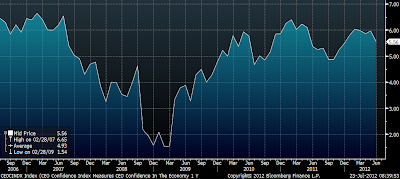Prices in financial markets serve as important signaling mechanisms. Price is an allocator of resources and it does the job very efficiently. That does not mean that the signals are always right, but the market will respond to the prices that are presented it.
In commodity markets, price serves two important roles: it is a rationer of demand and it is an incentive mechanism for production. Commodity prices will ration demand. As prices increase, users will cut back on demand or it will look at substitutes to lower costs of production. There will be innovation to increase price efficiency and cut costs. Producers will adjust by making more. The incentives for high prices exist when prices rise.
In the case of corn, the current price increase will cause feed lot operators to cutback demand. Ethanol plants are not profitable and cutting back demand. Creative destruction is occurring. There is no other option. Ration will start to occur given the size of the move. The cutback and adjustments will increase if users believe the price increase is not temporary.
Producers will respond to higher prices and generate more supply. This year's North American corn crop is damaged, but the current high prices is already causing Latin American farmers to think about increasing the size of their crop. The high crop prices will cause famers to again plant as much as possible.
These are simple concepts but there is always a need to go back to basics. The trick is learning ho the prices for s specific market will effect the supply and demand of that market uniquely. This means going down to the micro level and understanding the decision process for farmers. It means looking at market demand and determining how it will change for a given move in prices. Markets become more elastic over time. The question is how much time is necessary to get this adjustment.















